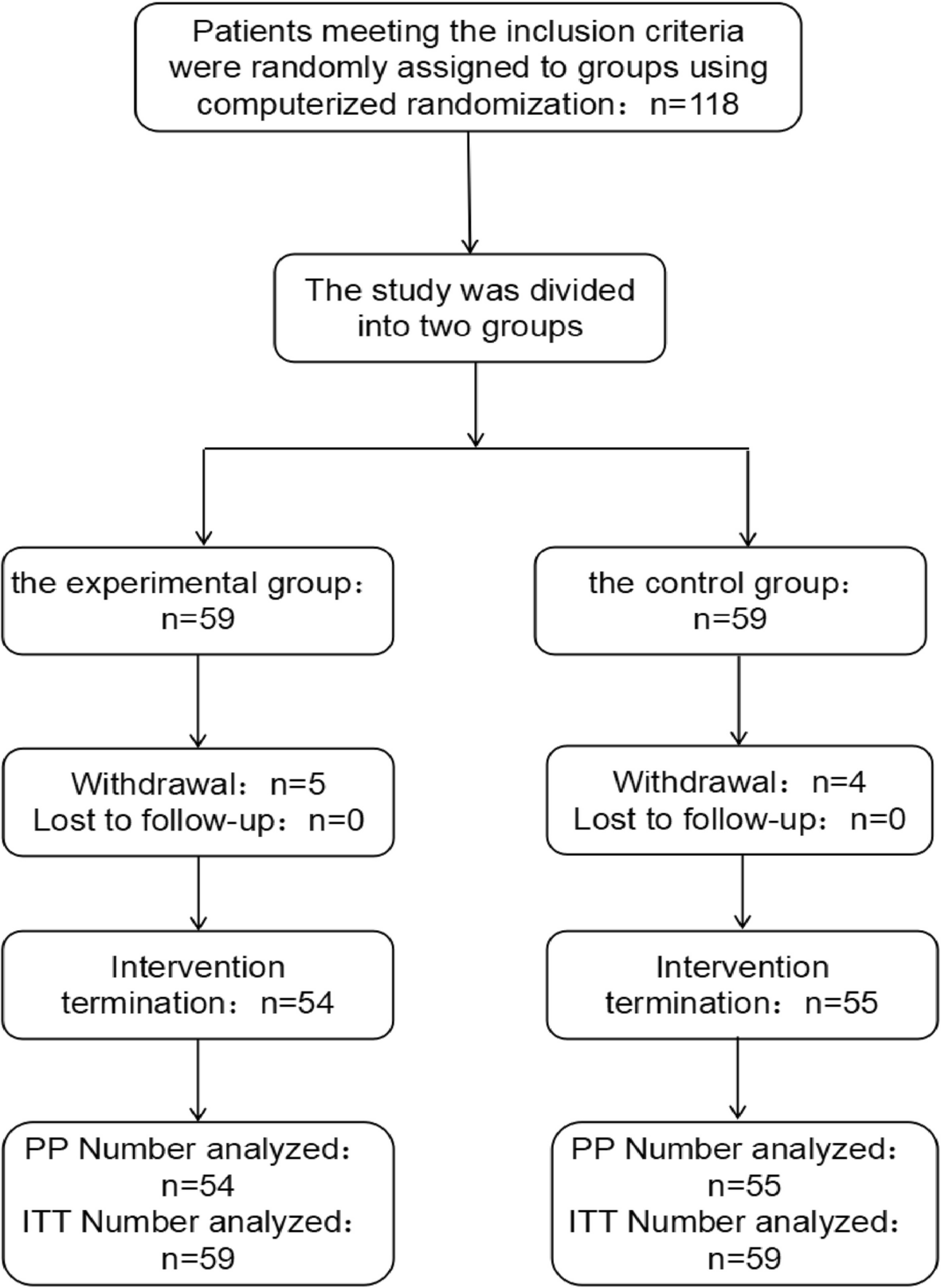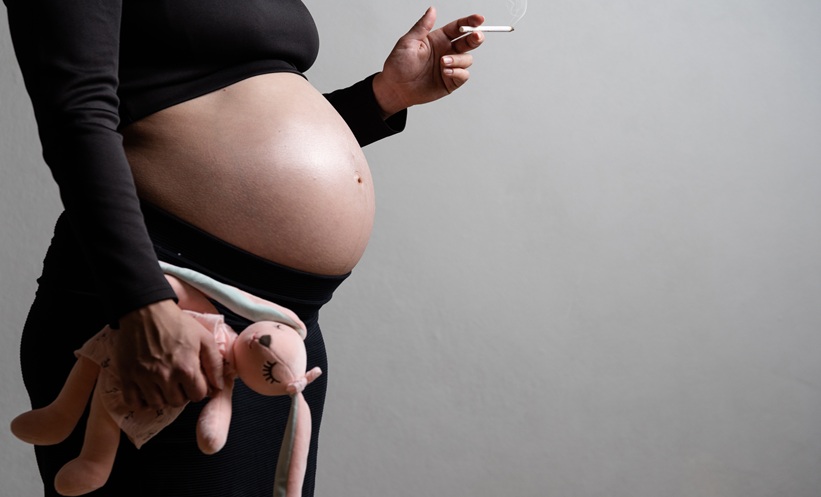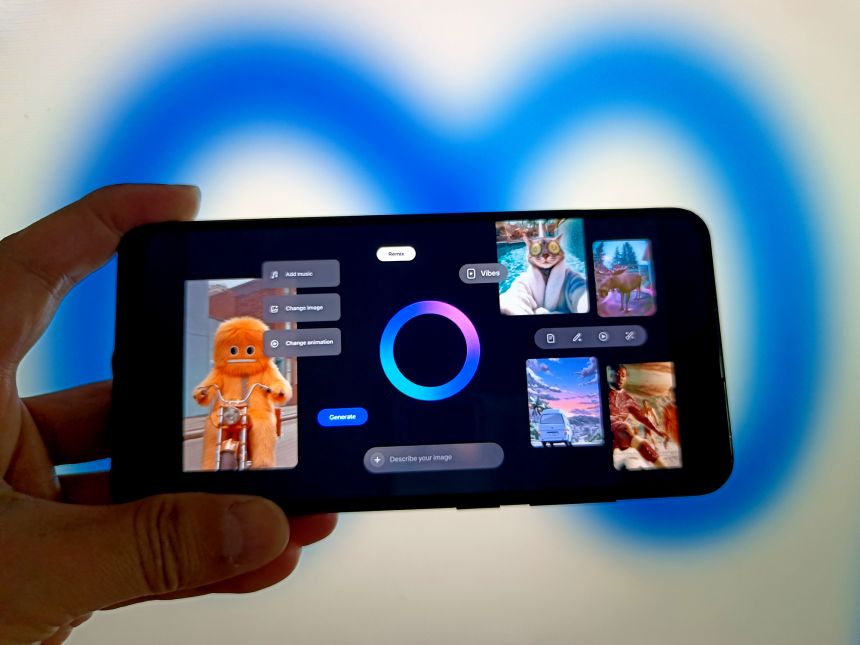Experts have found that siblings can shape how young birds learn critical life skills – and in some cases, they may matter more than parents.
A new field study from the University of California, Davis, and the Max Planck Institute of Animal…

Experts have found that siblings can shape how young birds learn critical life skills – and in some cases, they may matter more than parents.
A new field study from the University of California, Davis, and the Max Planck Institute of Animal…

In yet…

The amalgamation of King’s Theory of Goal Attainment, FMEA, and PDCA can…

How did you get into comedy?
I was on maternity leave and, looking back, I may have been having a manic episode. I’d had a long string of admin jobs that I hated. Usually, it was the case that I didn’t know what my job was and nobody else did…

A GROUNDBREAKING study has provided new evidence that vitamin C in pregnancy may influence childhood lung function by altering DNA methylation at key asthma- and allergy-associated loci, particularly in cases where mothers smoke during…

Chris Kraus regards the late success of her first book, I Love Dick, with ambivalence. A work of autofiction, first published in 1997, it chronicles Kraus’s infatuation with a cultural theorist named Dick, a doomed, one-sided love affair that…

Io and Europa repeat last week’s transit across Jupiter early this morning, with their two shadows in the lead.
Io and Europa cross Jupiter again…

A baby running from a T-Rex with Lady Gaga playing in the background. Cats dancing on their hind legs dressed in streetwear. Bodycam footage of police arresting a pile of macaroni and cheese.
Big Tech wants to give social media an AI makeover – and so far, it’s a bit of a mess.
ChatGPT’s Sora app, where some of those scenes popped up last week, is just the latest entrant into the AI social media sphere. Meta’s AI app has a TikTok-like video feed called Vibes. You can chat with AI personas on Instagram in your direct messages. And TikTok’s AI Alive tool turns images into videos with just a simple command.
The moves are part of a high-stakes race that could shape the next era of the internet. Winning that race is critical for tech giants as they figure out how to make money from AI amid fears of a bubble.
Efforts to push AI into our social feeds have raised sweeping concerns across the web, from whether these tools violate copyright laws to how they might contribute to the rampant spread of fake content.
OpenAI and Meta directed CNN to the company’s safety policies and guardrails when asked for comment.
Within days of the Sora app’s debut, for example, Motion Picture Association CEO and chairman Charles Rivkin said in a statement that “videos that infringe our members’ films, shows, and characters have proliferated on OpenAI’s service and across social media” because of Sora.
OpenAI CEO Sam Altman said in a blog post that the company will soon give rights holders “more granular control over generation of characters” and that it is exploring a revenue-sharing model. Prompts with copyrighted characters, like Pikachu or Spongebob, now result in an error message saying the content “may violate our guardrails concerning similarity to third-party content.”
AI has only amplified long-standing worries about misinformation on social media. But sophisticated tools like Sora, which can create lifelike-looking footage, have taken those fears to a new level, especially since it’s relatively easy to remove the watermarks indicating such videos are AI-generated, as tech publication 404 Media discovered and CNN has tested.
Sora-generated videos are also embedded with C2PA metadata – a behind-the-scenes industry standard signature denoting a video’s origin. The company also says its tech can detect people and public figures as part of its measures to prevent deepfakes. Meta says media created with its AI tools have an “invisible watermark” to help it track harmful AI-generated content as well as AI labels.
There are also growing concerns that AI chatbots are particularly harmful to teens following a string of lawsuits alleging that AI personas on the app Character.AI have contributed to suicide and mental health issues among young people. OpenAI says Sora includes “stronger protections for young users,” such as restrictions on generating mature content and restricting adults from initiating messages with teens. Meta uses technology to prevent adults who have shown suspicious behavior from viewing and interacting with teen content, the company said.
Then there’s the question of whether consumers want “AI slop” flooding their feeds in the first place. There’s nothing about the deluge of randomness on Sora and Meta AI that makes me want to endlessly scroll.

The very concept of combining social media with AI assistants caused confusion earlier this year. Some Meta AI users were seemingly unaware that their AI prompts – some of which are said to have included personal topics like medical or legal questions – were part of the app’s public feed. Meta said at the time that chats are private by default and aren’t shared to the Discover feed unless users share them through a multi-step process.
To be fair, endless scrolling isn’t the point of Sora and Meta AI. Those apps are designed to encourage users to create more videos using OpenAI and Meta’s respective tools, likely a bid to become the platform of choice for the next generation of influencers and internet stars as they increasingly adopt AI.
But the striking resemblance to TikTok and other short-form video apps sends the message that these platforms are indeed trying to be a destination for viewing content rather than just a forum for creators.
It’s perhaps a new form of social media entirely that even companies like OpenAI and Meta are still figuring out.

When I spoke to singer and actor Meesha Shafi in July this year, it had been six years since our first meeting. Then, Meesha had been in Karachi for a taping of Pepsi’s Battle of the Bands, where she performed and was one of the judges, and we…